laboratory instruments distributor
Spectrofluorimeter
Spectrofluorimeter
Provides ultimate analytical speed and sensitivity in fluorescence research. Fluorescence spectroscopy plays a major role in the analysis because it provides high sensitivity and high specificity for functional compounds. High sensitivity is due to the wavelength difference between the excited radiation and the fluorescence.
These results lead to a signal opposite to the background of essentially zero. The above characteristic is due to the dependence on two spectra: the excitation spectrum and the diffusion spectrum. 3D matrix scanning and contour mapping provide a unique fingerprint that qualitatively identifies a composition. In fluorescence analysis, the amount of light irradiation specifically under appropriate stimulation is used as a measure of the concentration of responsible species.
Specifications of spectrofluorimeter device
Stimulation: 200-950 nm range
Emission: 200-950 nm range
Bandpass: 0-15 nm, continuously adjustable via PC
Merge time: from 1 ms to 160 s
Scanning speed: 80 nm
Raman water signal: at least 400,000 cpm at 350 nm excitation, 397 nm emission, 5 nm pass band, 1 second integration time
Signal / noise ratio: 3000/1
Single thermostat cuvette holder. Designed for one meter length of Covet route. Maintains temperature from -20 to 80 ° C
Spectrofluorimeter applications
Estimation of nuances in the tertiary structure of proteins by monitoring the intrinsic tryptophan fluorescence of proteins.
Determination of binding constants of small molecules (such as polyphenols) to proteins by tryptophan fluorescence quenching method
Investigation of protein surface hydrophobicity (or small changes in tertiary structure that affect surface hydrophobicity) by monitoring the binding of hydrophobic fluorescent probes (such as ANS, 8-anilino-1-naphthalenesulfonic acid).
Millard reaction monitoring by detecting Millard fluorescent reaction products.
Highly sensitive determination of enzyme activity with fluorescent substrate.
Evaluation of the interactions of biologically active compounds, such as platinum (IV) and ruthenium (II) complexes, with human serum albumin and calf thymus DNA.
Correlation of structure and properties of natural and synthetic molecules and their metal complexes
Source: https://www.chem.bg.ac.rs/cmnh/oprema/fluoromax_4-en.html
Products related to water and sewage laboratory >>
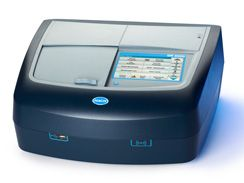
Specialized water spectrophotometer
Application: Water and Wastewater Laboratory
The spectrophotometer is used to measure 60 parameters in water and wastewater.

Water photometer
Application: Water and Wastewater Laboratory
Water photometers are used to measure 50 different parameters in water and wastewater.
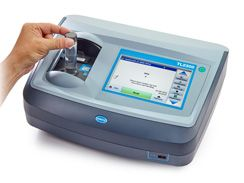
Water and wastewater turbidity meter
Application: Water and Wastewater Laboratory
Turbidimeter is used to measure the turbidity of water and sewage.
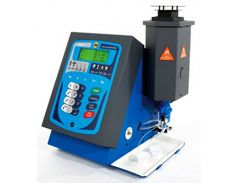
Film photometer
Application: Water and Wastewater Laboratory
Film photometer for measuring calcium, sodium, potassium, lithium and barium

PH meter of water and sewage
Application: Water and Wastewater Laboratory
PH meter is used to measure acid and alkali numbers.
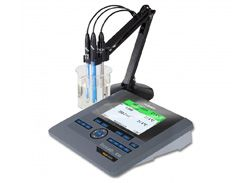
EC meter and salinity meter
Application: Water and Wastewater Laboratory
The EC meter is used to measure the electrical conductivity and salinity of water.

Oxygen meter for water and sewage
Application: Water and Wastewater Laboratory
An oxygen meter is used to measure water-soluble oxygen.
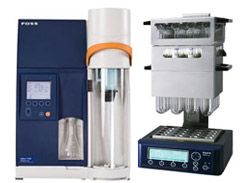
Nitrogen determination
Application: Water and Wastewater Laboratory
The caldera device is used to determine nitrogen in water and wastewater.

BOD meter
Application: Water and Wastewater Laboratory
The BOD device is used to measure the BOD or biochemical oxygen demand of water.
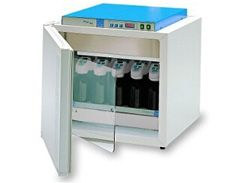
BOD incubator
Application: Water and Wastewater Laboratory
The BOD incubator is used to supply and place the BOD temperature meter.
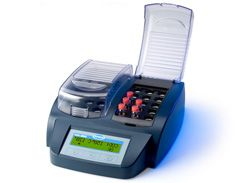
COD Meter - COD Reactor
Application: Water and Wastewater Laboratory
The COD device is used to measure the COD or chemical oxygen demand of water.

Gartst
Application: Water and Wastewater Laboratory
Gartest is used to determine the appropriate amount of the main coagulant water.
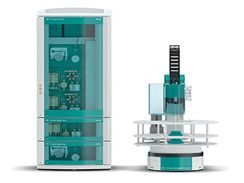
ION Chromatograph
Application: Water and Wastewater Laboratory
An ion chromatograph is used to measure anions and cations.

BOD incubator
Application: Water and Wastewater Laboratory
The HPLC device is used for separation and purification in water and wastewater.
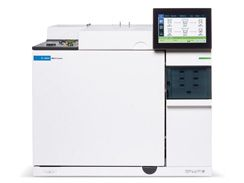
GC chromatograph
Application: Water and Wastewater Laboratory
The GC device is used to examine and isolate volatiles without decomposing them.

GCMS mass chromatograph
Application: Water and Wastewater Laboratory
The GC-MS device is used to identify different materials in a sample.

Accurate laboratory scales
Application: Water and Wastewater Laboratory
Laboratory scales are used to weigh samples in the laboratory.
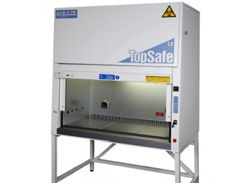
Microbial hood
Application: Water and Wastewater Laboratory
The microbial hood is used to prevent the transmission of microbial and viral infections.

Chemical hood
Application: Water and Wastewater Laboratory
Chemical hood is used to prevent the development of acidic and chemical vapors.

Laboratory chemicals
Application: Water and Wastewater Laboratory
Merck, Sigma, Charlotte chemicals and HACH reagents for water and wastewater laboratory

